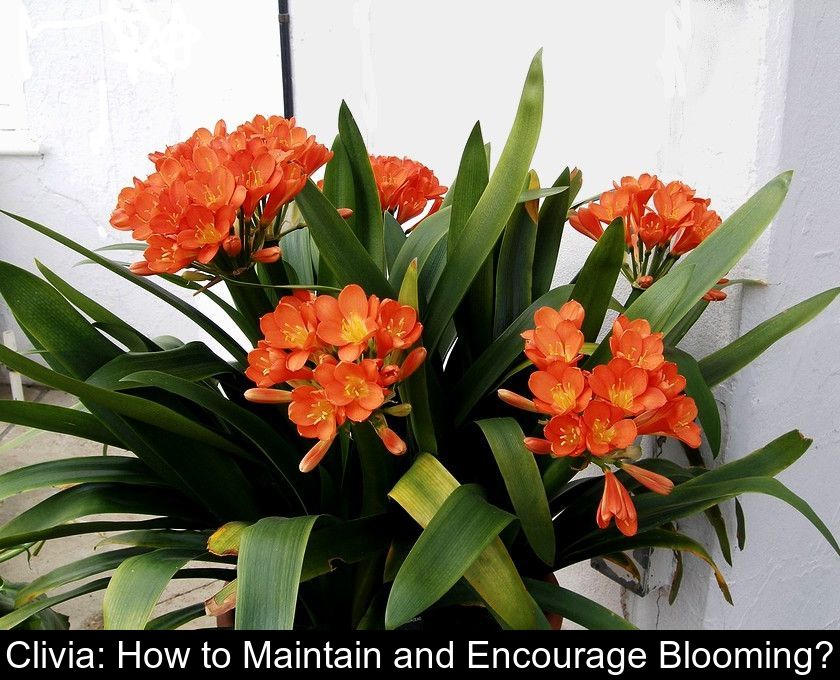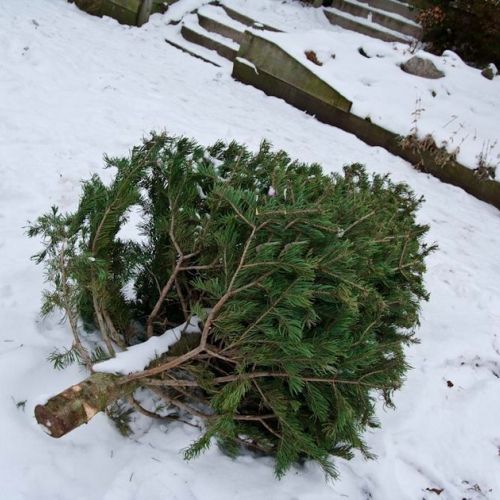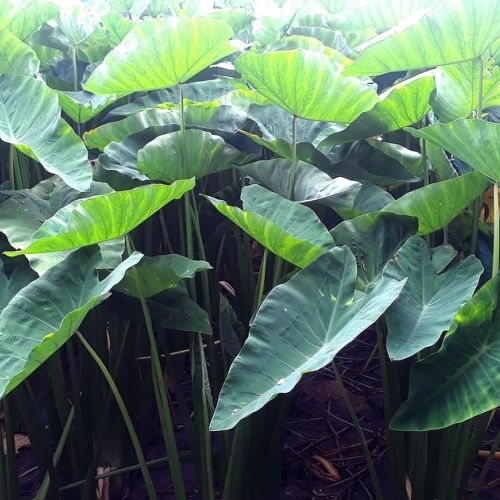Clivia: How To Maintain And Encourage Blooming?
The clivia is an indoor plant cherished for its spectacular and colorful bloom. This species, native to South Africa, reblooms annually provided it is well cared for. We will explain how to maintain it and make it flower in 5 questions.
Where should the clivia be placed in the house?
The clivia or Clivia miniata is a plant from the Amaryllidaceae family. This species native to South Africa is grown as a houseplant in our climates.
To enjoy its beautiful flowering, which lasts several weeks at the end of winter, it is important to provide it with sufficient light. It should therefore be placed in the house in a bright spot but without direct sunlight. Direct sunlight leads to the appearance of brown spots on the leaves.
If the location suits it, it will offer you trumpet-shaped yellow, orange, or red-orange flowers from February to April. But be careful! This plant is toxic: it causes digestive disorders if ingested and its sap is irritating to the skin.
2- How to maintain a clivia?
The clivia, also known as the Natal lily, is a rather easy-to-care-for indoor plant. It is satisfied with good potting soil mixed with a little sand or garden soil.
Watering should be moderate and water must not be allowed to stagnate in the saucer, as this can cause the leaves to yellow. The yellowing of a Clivia's leaves is a sign of overwatering and indicates root rot. Do not hesitate to remove yellowed or dry leaves and to cut the flower stalk down to the ground after blooming.
As this plant blooms better when it is pot-bound, it is not necessary to repot it frequently. Repotting is done after blooming, typically every three or four years. Wait until the roots have filled the entire pot or even seem to be coming out of the pot!
This indoor plant can be easily propagated by taking well-rooted offsets. Wait until the offsets have two or three leaves about twenty centimeters long before separating them from the mother plant. Division of the clumps should be done after flowering.
How to make a clivia bloom again?
When cultivating this houseplant, the main challenge is to get the clivia to rebloom. Indeed, this species absolutely requires a winter resting period of 2 to 3 months to produce flowers.
During this rest period, the plant should be kept at a temperature of about 10°C but not below 7°C. Therefore, it is necessary to choose a location with good light and not too much heat in winter.
If all the rooms in your house are heated, it is better to place this plant under a veranda during winter. Also, during the winter rest period, make sure to water very sparingly and not to apply any fertilizer.
4- Why is my clivia not blooming?
If your clivia never blooms, it's probably because you haven't met the plant's needs in terms of brightness or winter rest.
By carefully following the above instructions, you should see a new inflorescence emerge. Wait until the flower stem has reached 15 cm in height before placing the plant at 15°C and slightly increasing watering.
After the clivia blooms, what should be done?
After the clivia blooms, you can cut off the spent flower stalk and increase watering. During spring and summer, which are the plant's growing seasons, the substrate should remain moist.
You should also fertilize your Clivia miniata with regular applications of fertilizer and keep it at a temperature between 16 and 21°C.
Although this plant can stay indoors all year round, you can take it out to the garden from mid-May to September, provided that you place it in the shade.
In the fall, gradually reduce watering to begin a new period of winter rest. If you respect this cycle, your plant will rebloom without any problems each year, as this species is hardy and has a long lifespan.












